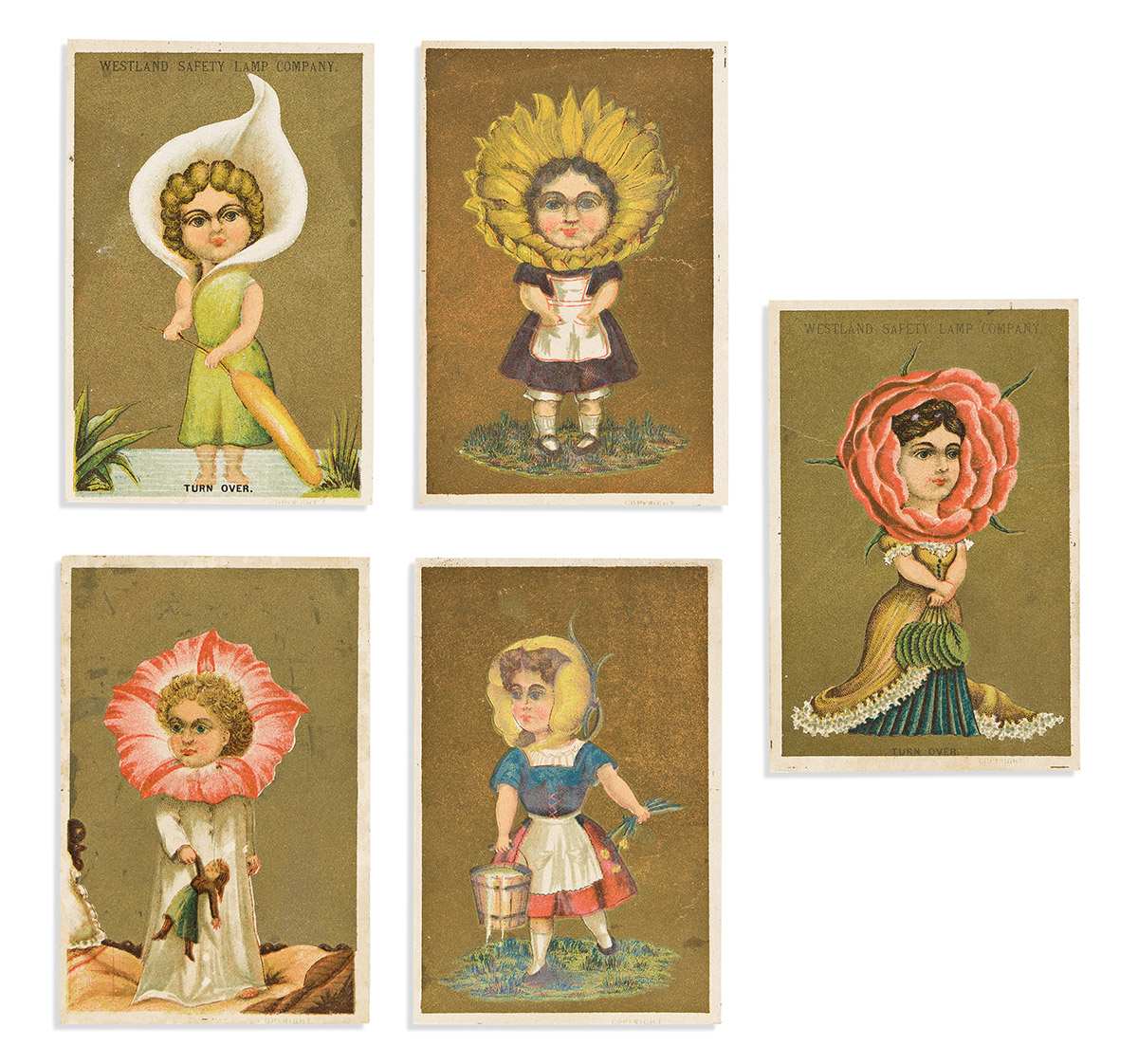Sale 2670 - Lot 172
Unsold
Estimate: $ 400 - $ 600


Aliquam vulputate ornare congue. Vestibulum maximus, libero in placerat faucibus, risus nisl molestie massa, ut maximus metus lectus vel lorem.